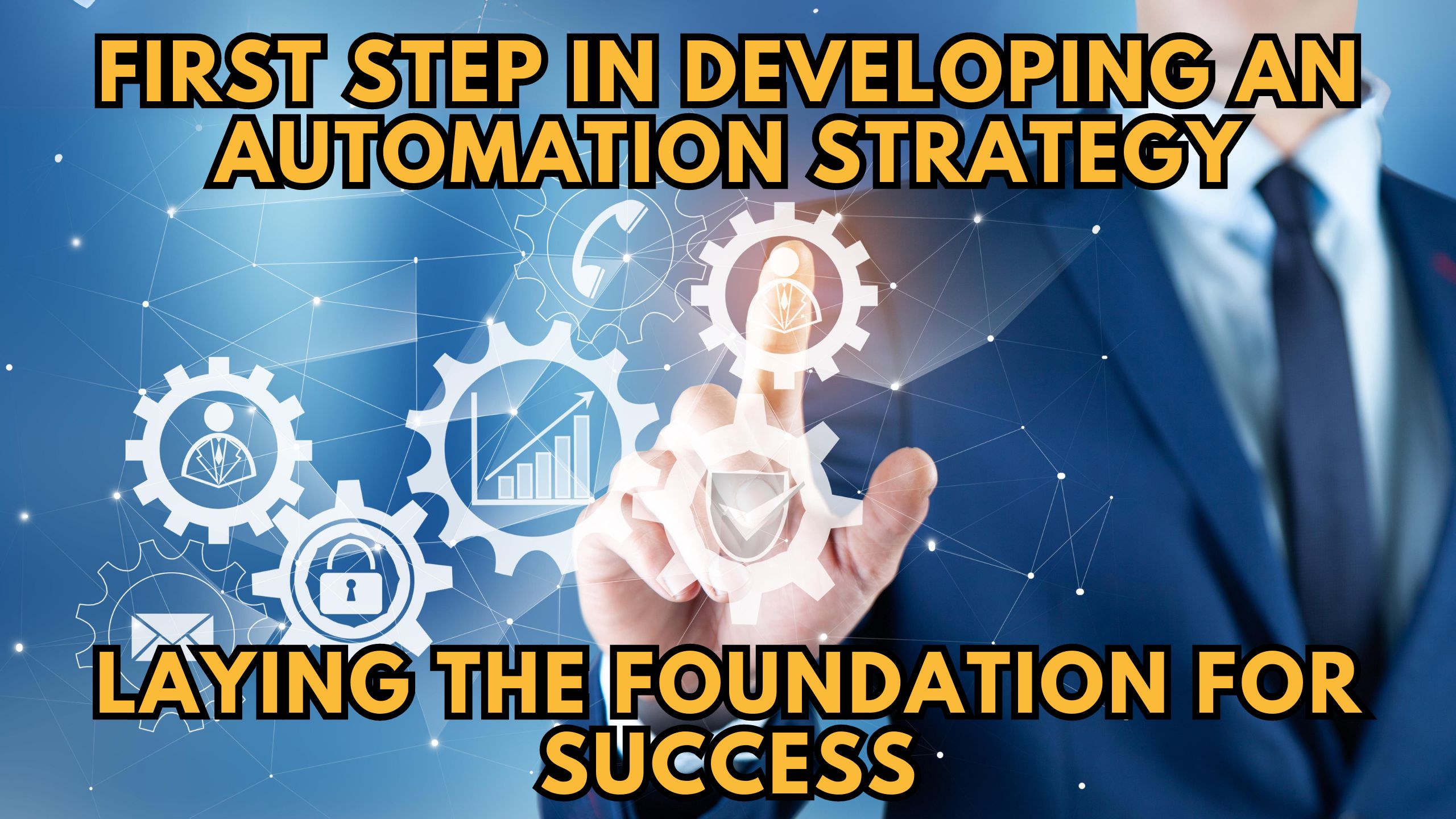First Step in Developing an Automation Strategy: Laying the Foundation for Success
-


First Step in Developing an Automation Strategy: Laying the Foundation for Success
In the fast-paced world of business, automation has become a key driver of efficiency and productivity. Crafting a successful automation strategy requires careful planning and execution. In this blog, we explore the crucial first steps in developing an automation strategy, providing insights and highlighting five relevant SaaS products that can pave the way for seamless automation.
Understanding Your Workflow
Before diving into automation, it’s essential to thoroughly understand your existing workflow. Identify repetitive tasks, bottlenecks, and areas where automation can make a significant impact. This initial analysis sets the stage for a targeted and effective automation strategy.
Choosing the Right Tools
Selecting the appropriate SaaS tools is a critical aspect of successful automation. Here are five relevant tools that can play a pivotal role in laying the foundation for your automation journey:
1. Zapier : Zapier acts as the glue between different applications, allowing you to automate workflows by creating “Zaps.” With its extensive integration options, Zapier enables seamless data transfer and task automation, connecting the apps you use every day.
2. Tray.io: Tray.io provides a versatile automation platform that empowers users to create automated workflows tailored to their specific needs. With a focus on scalability and customization, Tray.io is suitable for businesses with evolving and complex automation requirements.
3. Monday.com: Monday.com serves as a comprehensive work operating system, streamlining collaboration and project management. Its automation features allow you to create custom workflows, automate routine tasks, and enhance team efficiency.
4. UiPath: UiPath specializes in robotic process automation (RPA), automating repetitive tasks and processes. Ideal for businesses with extensive data entry and processing needs, UiPath brings efficiency and accuracy to routine tasks.
5. Trello: Trello provides a visual project management platform with automation capabilities. By automating repetitive actions on boards, Trello simplifies task management, allowing teams to focus on more strategic aspects of their projects.
Establishing Automation Protocols
Once the tools are in place, establish clear protocols for automation. Define how data will flow between different systems, set triggers for automated actions, and ensure that all team members are aligned with the new automated processes.
Testing and Iterating
Automation is an iterative process. Test your automated workflows thoroughly and gather feedback from team members. Be prepared to make adjustments and refinements as you observe the real-world performance of your automation strategy.
Conclusion
Laying the foundation for a successful automation strategy involves a thoughtful analysis of your workflow, selecting the right tools, establishing protocols, and continuous testing and refinement. With the right approach, automation can transform your business processes, unlocking new levels of efficiency and productivity.
Unlock Savings with Subscribed.fyi!
Ready to optimize your SaaS stack for automation? Sign up for free on Subscribed.fyi to unlock exclusive deals on 100+ SaaS tools. Manage all your subscriptions in one place, compare tools, and enjoy savings totaling $100,000+ per year. Your journey to efficient automation starts here!
Relevant Links:





